Home>Articles>How To Determine Size Of Dining Room Light Fixture
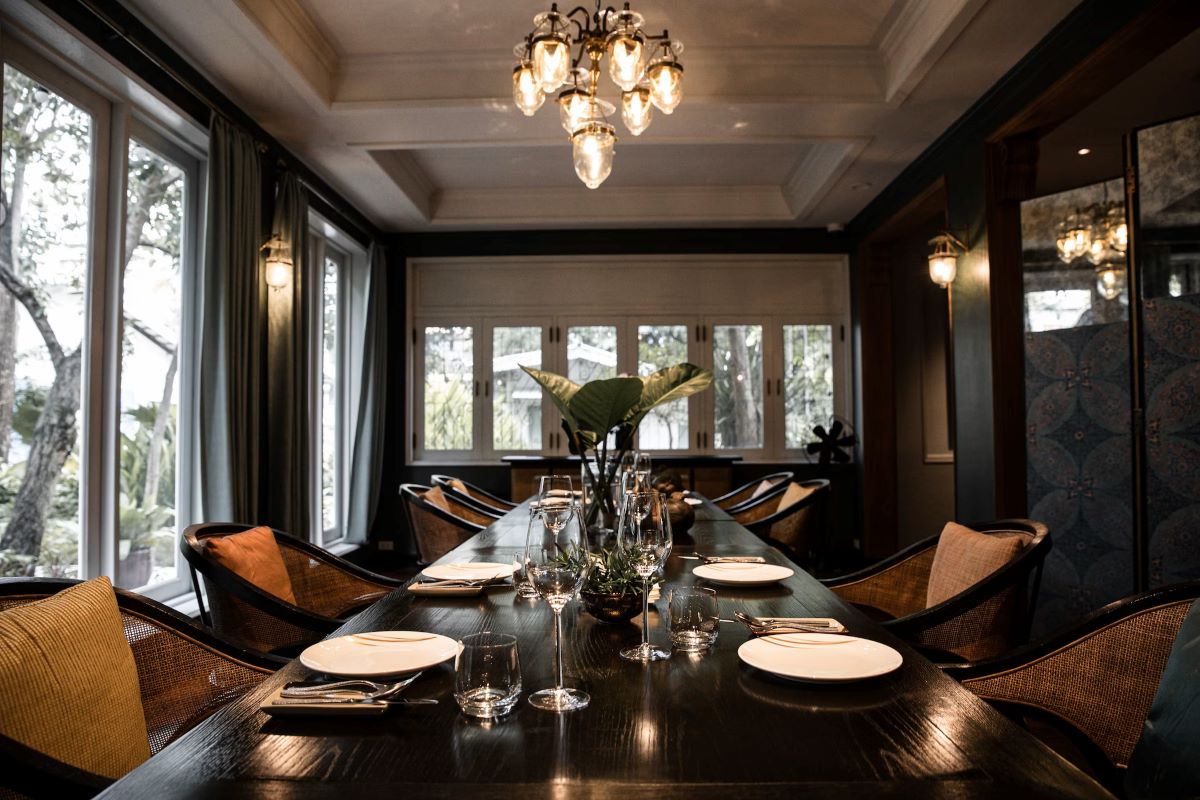

Articles
How To Determine Size Of Dining Room Light Fixture
Modified: January 9, 2024
Learn how to determine the perfect size for your dining room light fixture with our informative articles. Discover expert tips and advice to enhance your dining space.
(Many of the links in this article redirect to a specific reviewed product. Your purchase of these products through affiliate links helps to generate commission for Storables.com, at no extra cost. Learn more)
Introduction
Choosing the right size of a dining room light fixture can greatly enhance the overall aesthetics and functionality of your dining space. A well-proportioned light fixture not only serves as a focal point but also provides ample illumination for your dining table. To determine the appropriate size of a dining room light fixture, you need to consider various factors such as the dimensions of your dining room, the height of the ceiling, the style of the fixture, and the desired lighting ambiance.
In this article, we will guide you through the process of determining the size of a dining room light fixture step by step. Whether you are selecting a chandelier, pendant light, flush mount, semi-flush mount, or a linear/rectangular light, we will provide you with all the necessary information to make an informed decision.
So, let’s dive in and discover how to determine the perfect size of a dining room light fixture!
Key Takeaways:
- Choose a dining room light fixture size based on room dimensions, ceiling height, and table shape. Consider style and lighting needs to create a balanced and visually appealing ambiance.
- Measure dining room dimensions, consider ceiling height, and match fixture size to table width. Factor in style and lighting needs for a perfectly illuminated and stylish dining space.
Step 1: Measure the dimensions of your dining room
The first step in determining the size of a dining room light fixture is to measure the dimensions of your dining room. Start by measuring the length and width of the room using a measuring tape. Take note of these measurements as they will serve as a reference point for choosing an appropriately sized fixture.
Additionally, it’s important to consider the shape of your dining room. If your dining room is rectangular, you may want to opt for a linear or rectangular light fixture that complements the shape of the room. On the other hand, if your dining room is square or circular, a round or curved fixture might be a better choice.
By accurately measuring the dimensions of your dining room and considering its shape, you will have a solid foundation for selecting a light fixture that fits harmoniously within the space.
Step 2: Consider the height of your dining room ceiling
The height of your dining room ceiling is another crucial factor to take into consideration when determining the size of a light fixture. The height of the ceiling will help you determine the appropriate drop or hanging length for a chandelier or pendant light.
For rooms with standard 8-foot ceilings, it is generally recommended to leave a clearance of around 30-36 inches between the bottom of the fixture and the dining table. This allows for sufficient headspace and prevents the fixture from overwhelming the space.
However, if you have high ceilings, you have more flexibility in choosing a longer and more dramatic fixture. It is generally recommended to add an additional 3 inches of hanging length for each foot of ceiling height above 8 feet. This will help create a balanced and visually appealing look.
On the other hand, if your dining room has a low ceiling, you may need to consider a flush mount or semi-flush mount fixture that sits close to the ceiling. This will help maximize the available headspace while still providing adequate lighting for your dining area.
By considering the height of your dining room ceiling, you can ensure that the light fixture is proportionate and well-suited to the overall dimensions and scale of the space.
Step 3: Determine the appropriate size for a chandelier or pendant light
When it comes to chandeliers and pendant lights, size matters. These statement pieces can significantly impact the visual appeal of your dining room. To determine the appropriate size, you can use a simple formula based on the dimensions of your dining table.
A common guideline is to choose a chandelier or pendant light that has a diameter between one-half and three-quarters of the width of your dining table. For example, if your dining table is 48 inches wide, a chandelier with a diameter of 24 to 36 inches would be ideal.
It’s also essential to consider the number of light sources on the fixture. As a general rule, each light source should provide between 200 and 300 lumens of light output. You can achieve this by using bulbs with appropriate wattages or LED lights with equivalent brightness.
Keep in mind that this guideline is not set in stone but provides a starting point for selecting the right size. You also need to consider the style and design of the chandelier or pendant light. For a more formal, traditional look, you may opt for a larger fixture, while a smaller, sleek design can work well in a modern or minimalist dining room.
By considering the size of your dining table and the style of the room, you can confidently choose a chandelier or pendant light that complements your dining area and creates a stunning focal point.
Step 4: Choose the right size for a flush mount or semi-flush mount fixture
If your dining room has a low ceiling or you prefer a more streamlined look, a flush mount or semi-flush mount fixture might be the perfect choice. These types of fixtures sit close to the ceiling, providing a clean and contemporary aesthetic.
When selecting the size of a flush mount or semi-flush mount fixture, consider the dimensions of your dining room and the space available. As a general rule, the diameter of the fixture should be around two-thirds to three-quarters of the width of your dining table.
For example, if your dining table is 48 inches wide, a flush mount or semi-flush mount fixture with a diameter of approximately 32 to 36 inches would be suitable. This ensures that the fixture is proportionate to the table and does not overpower the space.
Additionally, keep in mind the height of the fixture to ensure there is enough clearance between the bottom of the fixture and the dining table. Aim for a clearance of around 30-36 inches for standard 8-foot ceilings, adjusting accordingly for higher or lower ceilings.
By choosing the right size for a flush mount or semi-flush mount fixture, you can add a touch of sophistication and elegance to your dining room while keeping the space airy and uncluttered.
Consider the size of your dining table when choosing a light fixture. A general rule is to select a fixture that is about half the width of the table. For example, a 48-inch table would pair well with a 24-inch wide fixture.
Step 5: Calculate the recommended width for a linear or rectangular light
If you have a rectangular or oval dining table, a linear or rectangular light fixture can be a stunning addition to your dining room. These fixtures provide even and focused illumination, perfectly complementing the shape of the table.
To determine the width of a linear or rectangular light fixture, you can follow a simple guideline. The width of the fixture should be approximately one-third of the width of your dining table. For example, if your dining table is 72 inches wide, a light fixture with a width of around 24 inches would be appropriate.
It’s also important to consider the length of the fixture. A general rule is that the length of the fixture should be at least one foot less than the length of the table to prevent it from overpowering the space. For example, if your dining table is 96 inches long, a light fixture with a length of around 84 inches or less would maintain visual balance.
Keep in mind that these are just guidelines, and you can adjust the size based on your personal preferences and the overall scale of your dining room. Additionally, consider the height of the fixture to ensure proper clearance between the bottom of the fixture and the dining table.
By calculating the recommended width for a linear or rectangular light fixture, you can create a visually cohesive and harmonious dining room design that makes a statement.
Step 6: Take into account the style and design of your dining room
The style and design of your dining room play a significant role in selecting the right size of a light fixture. Each style has its own aesthetic requirements and considerations that can influence the size and design of the fixture.
If your dining room has a traditional or formal style, larger and more elaborate chandeliers or pendant lights may be suitable. These fixtures can add elegance and grandeur to the space, making a statement while creating a focal point.
For a modern or contemporary dining room, sleek and minimalist light fixtures with clean lines and geometric shapes are often preferred. In this case, you may opt for smaller or medium-sized chandeliers or pendant lights that complement the minimalist aesthetic of the room without overwhelming it.
Furthermore, consider the materials, finishes, and colors used in your dining room decor. The light fixture should harmonize with the overall color scheme and materials. For example, a brass chandelier can add warmth and vintage charm to a traditional dining room, while a chrome or black pendant light can enhance the sophistication of a modern space.
By taking into account the style and design of your dining room, you can select a light fixture that not only fits the size requirements but also enhances the overall aesthetics and ambiance of the space.
Step 7: Consider the lighting needs and ambiance you want to create
When determining the size of a dining room light fixture, it’s essential to consider the lighting needs and ambiance you want to create in the space. Lighting serves both functional and aesthetic purposes, and striking the right balance is key.
First, consider the primary function of the dining room. Is it primarily used for formal dining, family gatherings, or multi-purpose activities? This will guide you in determining the level and type of lighting required. For example, if you frequently host formal dinner parties, a chandelier or pendant light with multiple bulbs may provide the necessary brightness.
Next, think about the overall ambiance you want to create. Do you prefer a warm and cozy atmosphere, or do you prefer a bright, well-lit space? The size of the light fixture can influence the amount of light emitted. For a more intimate and cozy setting, a larger fixture with multiple bulbs may create a softer, diffused light. Alternatively, smaller fixtures with fewer bulbs may provide a brighter and more focused lighting effect.
Additionally, consider if you want to incorporate dimmers or adjustable lighting options. This gives you the flexibility to adjust the brightness and mood of the dining room according to different occasions and preferences.
By considering the lighting needs and desired ambiance, you can choose a light fixture size that effectively illuminates your dining area while creating the desired atmosphere for gatherings and meals.
Conclusion
Choosing the right size of a dining room light fixture is essential for creating a visually appealing and functional space. By following the steps outlined in this article, you can easily determine the appropriate size based on the dimensions of your dining room, the height of the ceiling, the style of the fixture, and the desired lighting ambiance.
Start by measuring the dimensions of your dining room and considering its shape, then factor in the height of your ceiling to determine the drop length for hanging fixtures. For chandeliers or pendant lights, use the diameter of the dining table as a guide, while flush mount or semi-flush mount fixtures should have a diameter that is two-thirds to three-quarters of the table width.
In the case of linear or rectangular lights, calculate the recommended width based on the table’s width, keeping in mind that the fixture’s length should be slightly shorter than the table’s length. Additionally, consider the style and design of your dining room to ensure the fixture matches the overall aesthetic.
Lastly, take into account your lighting needs and the ambiance you want to create, considering the function of the room and the desired level of brightness. Incorporating dimmers or adjustable lighting options can provide flexibility in setting the mood for different occasions.
With these considerations in mind, you can confidently select a dining room light fixture that not only fits proportionally but also enhances the visual appeal and functionality of your dining space. So go ahead and light up your dining room with the perfect-sized fixture that will illuminate countless memorable moments with family and friends.
Frequently Asked Questions about How To Determine Size Of Dining Room Light Fixture
Was this page helpful?
At Storables.com, we guarantee accurate and reliable information. Our content, validated by Expert Board Contributors, is crafted following stringent Editorial Policies. We're committed to providing you with well-researched, expert-backed insights for all your informational needs.
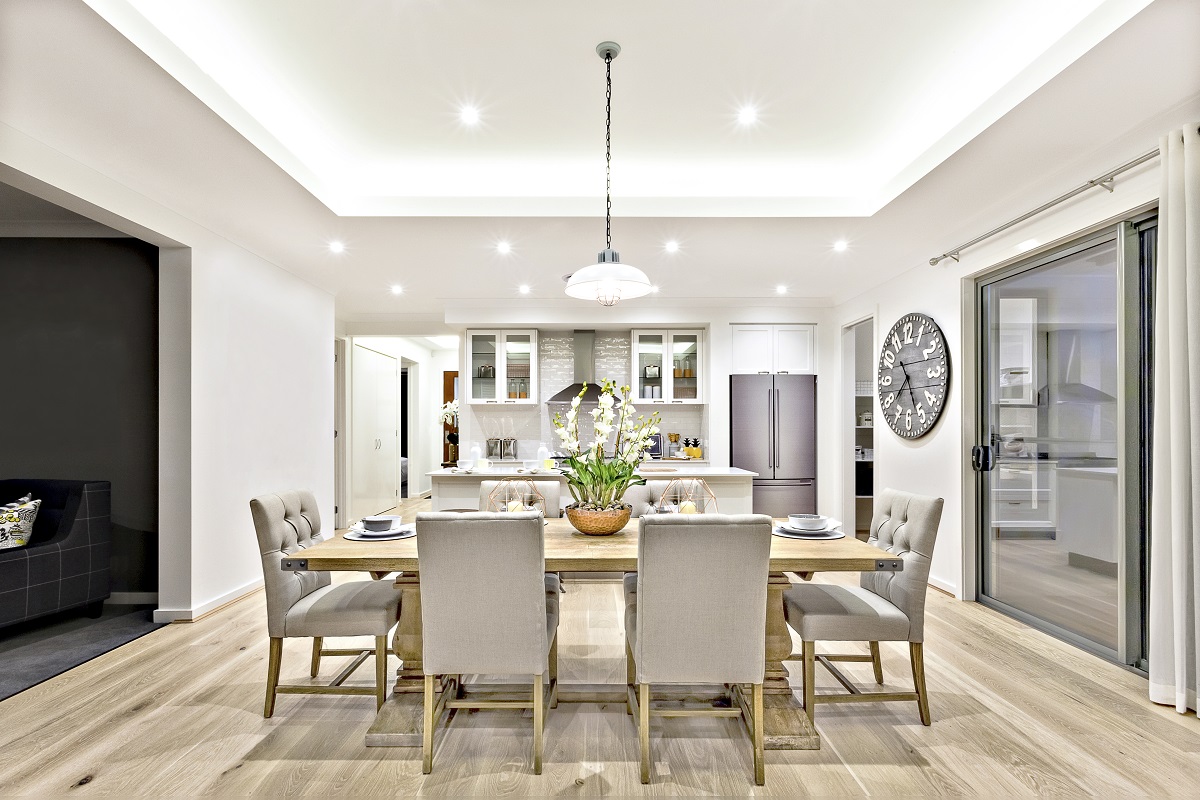
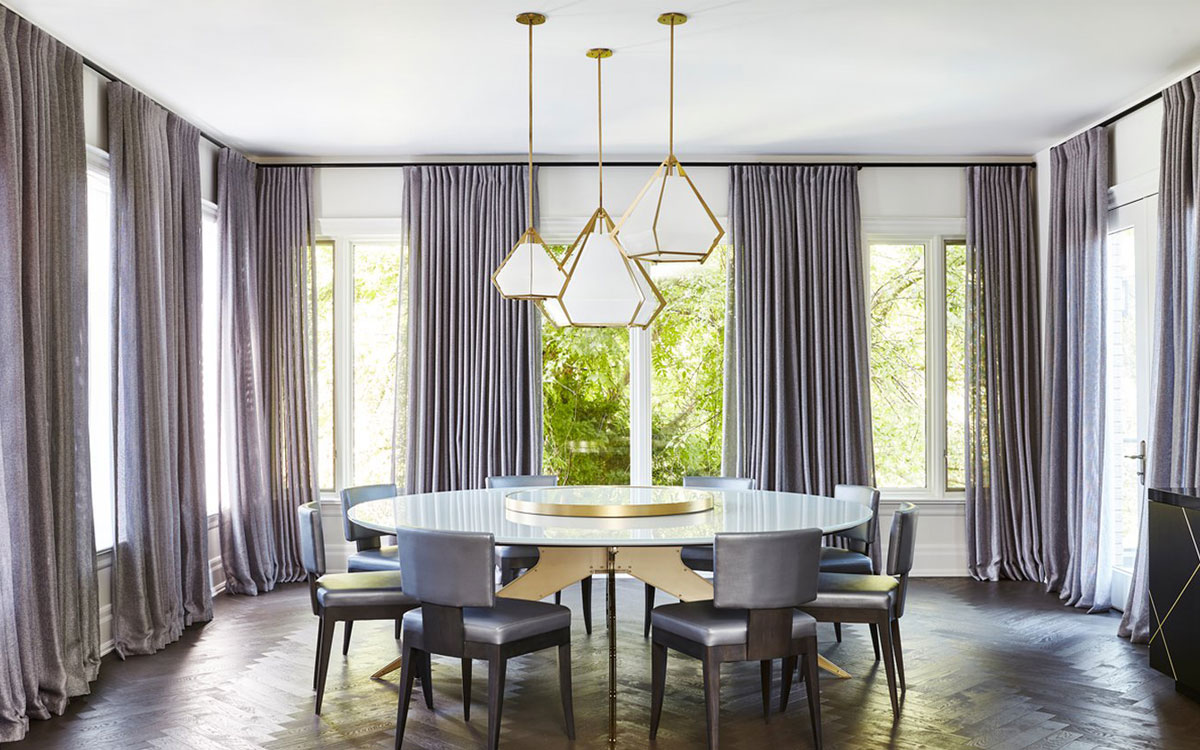
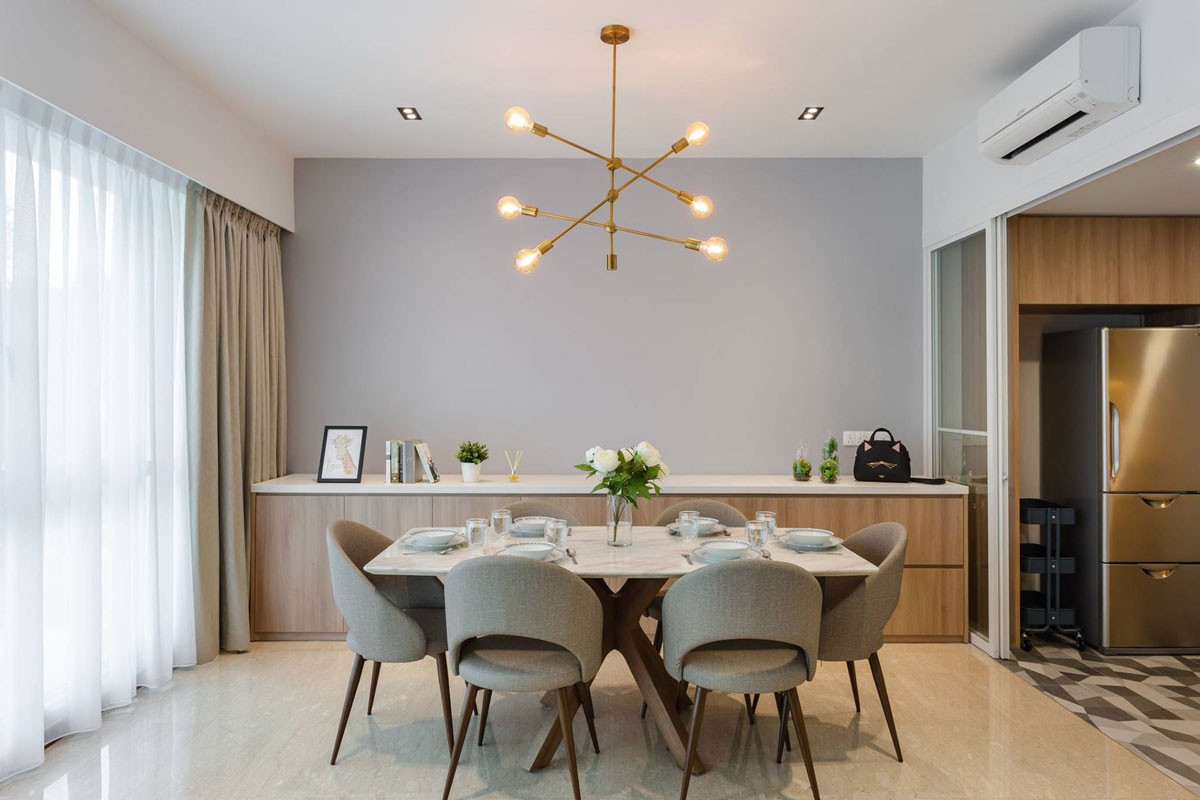
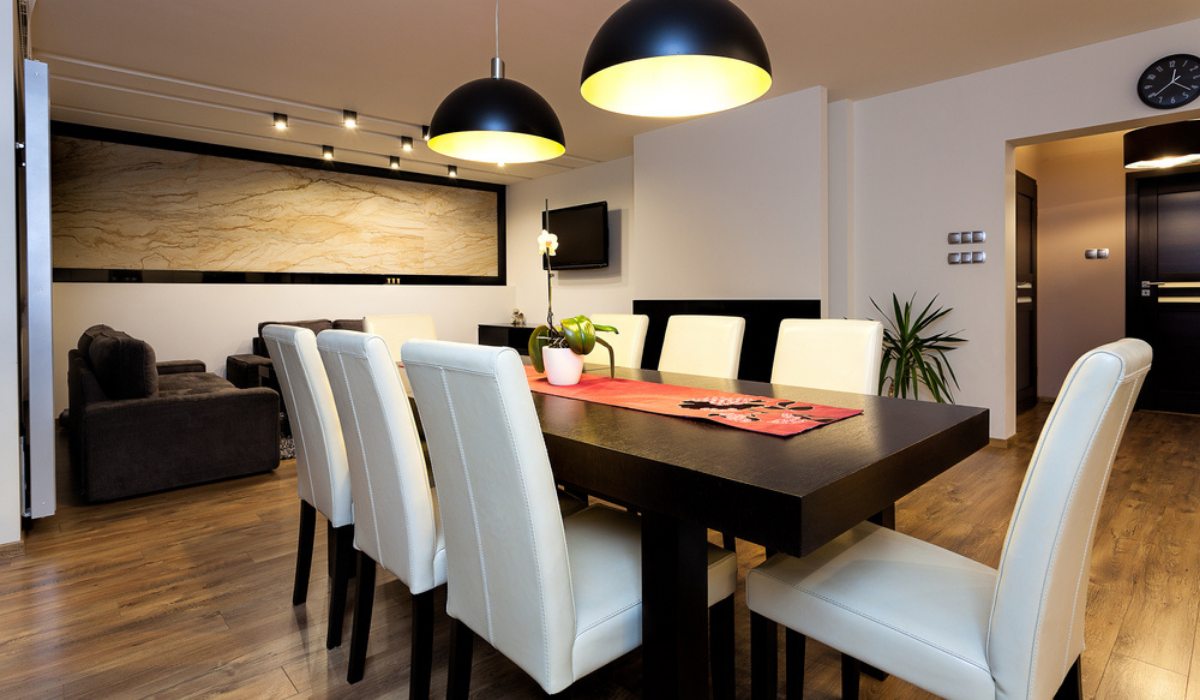
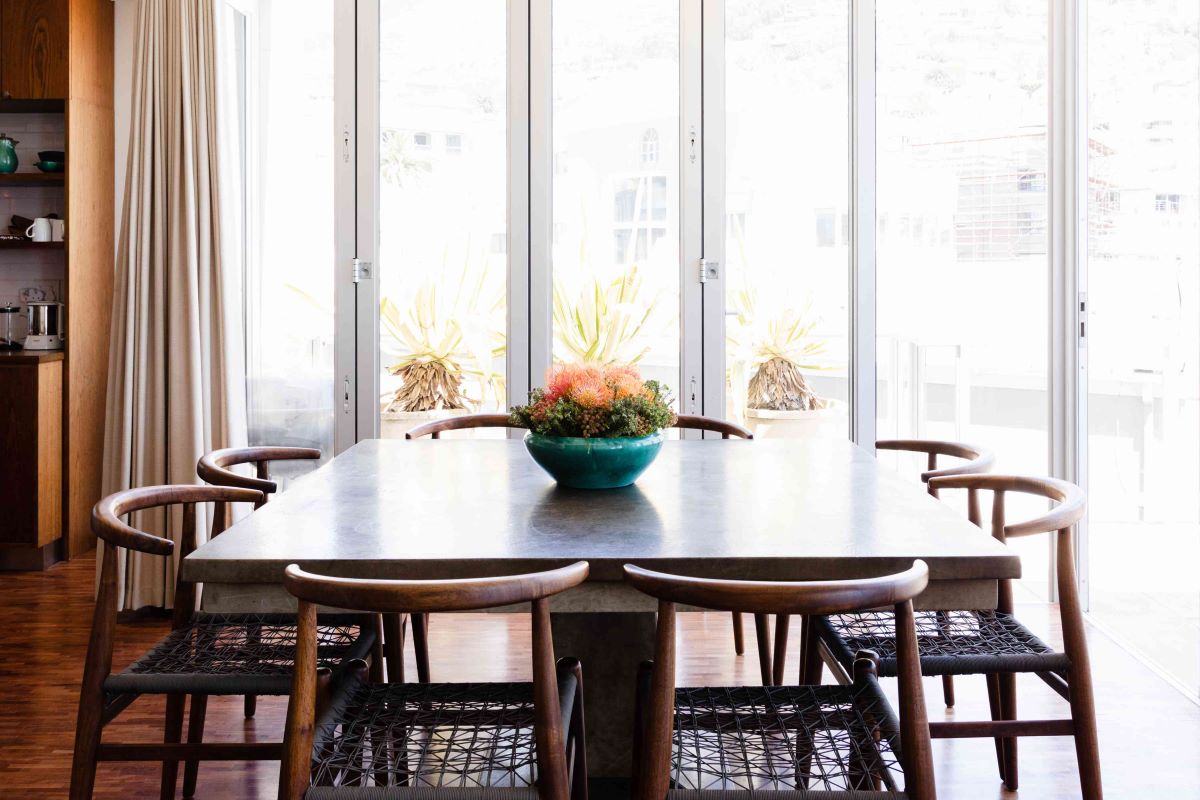
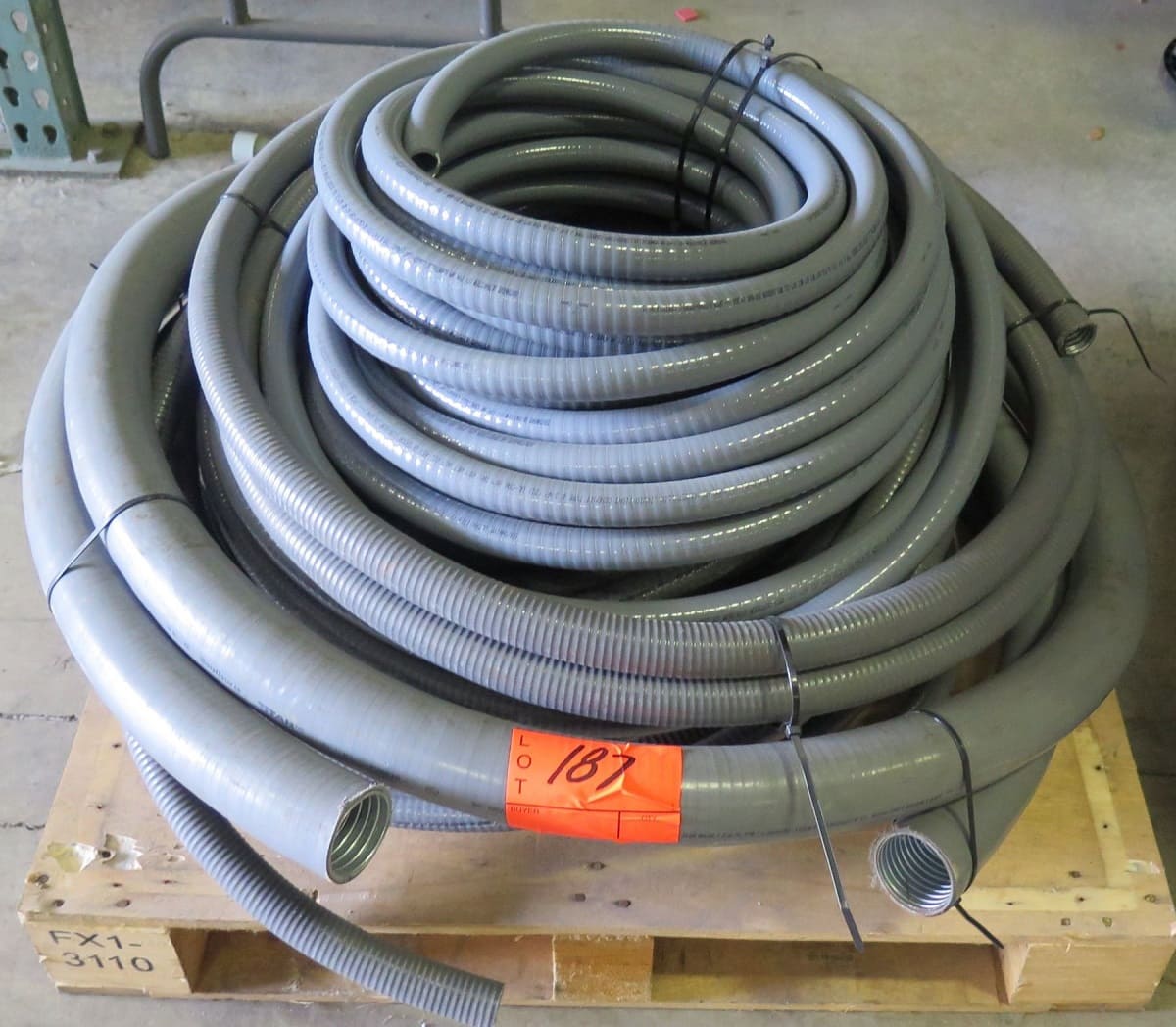
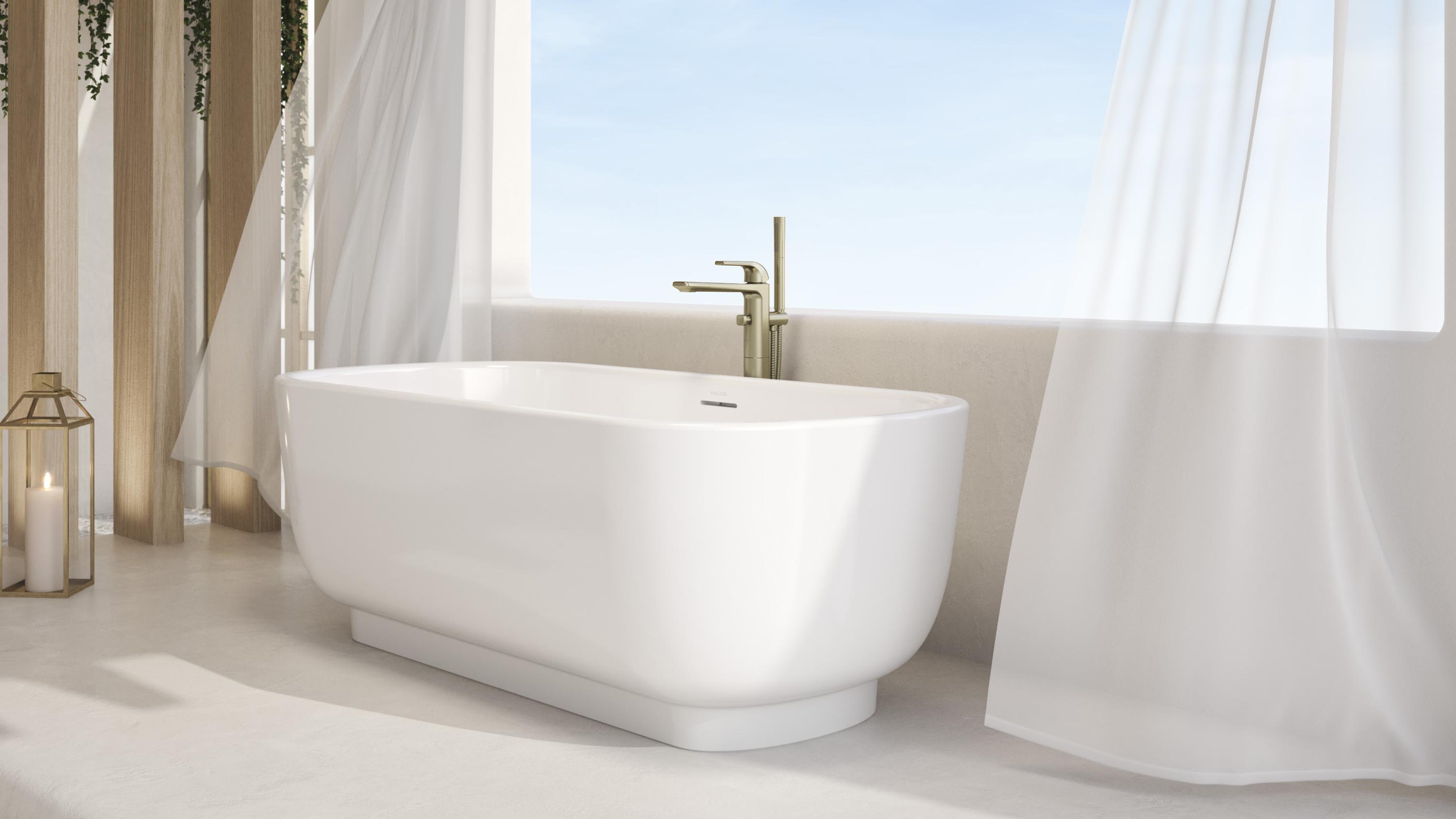
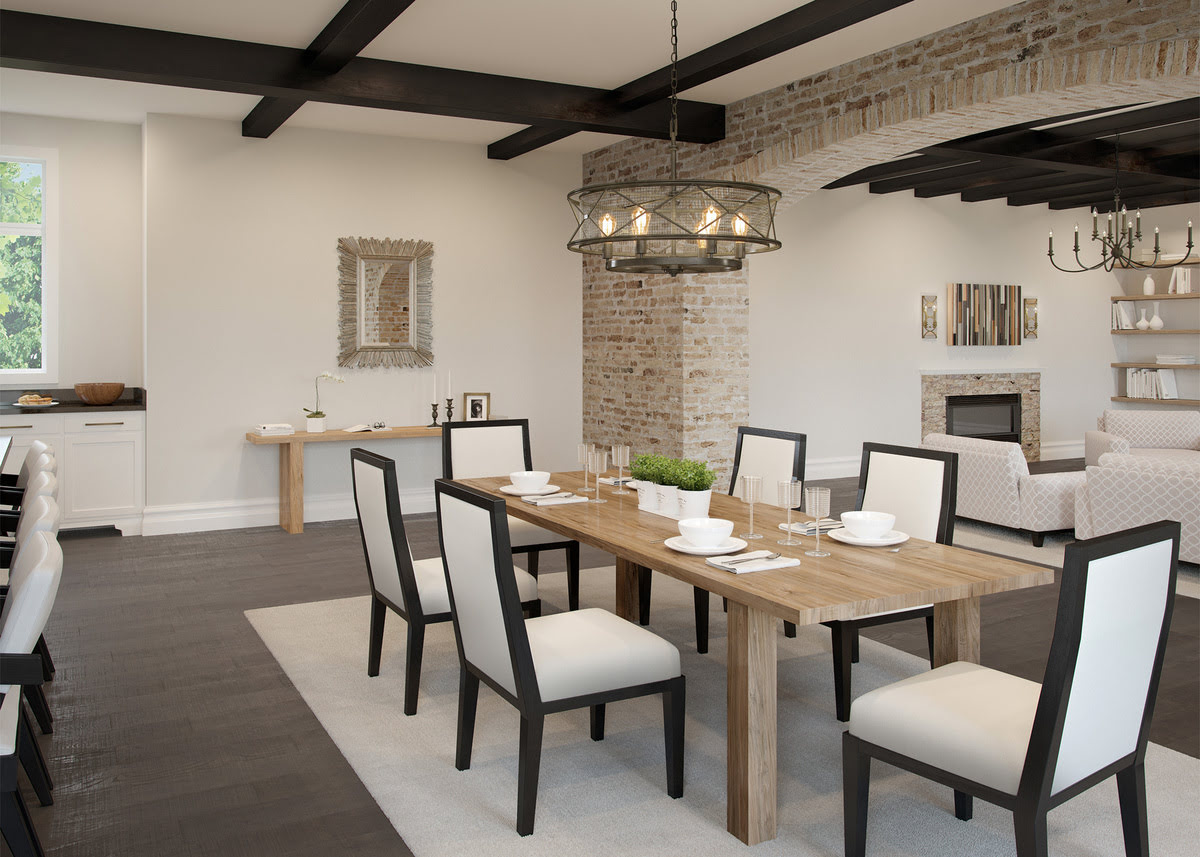
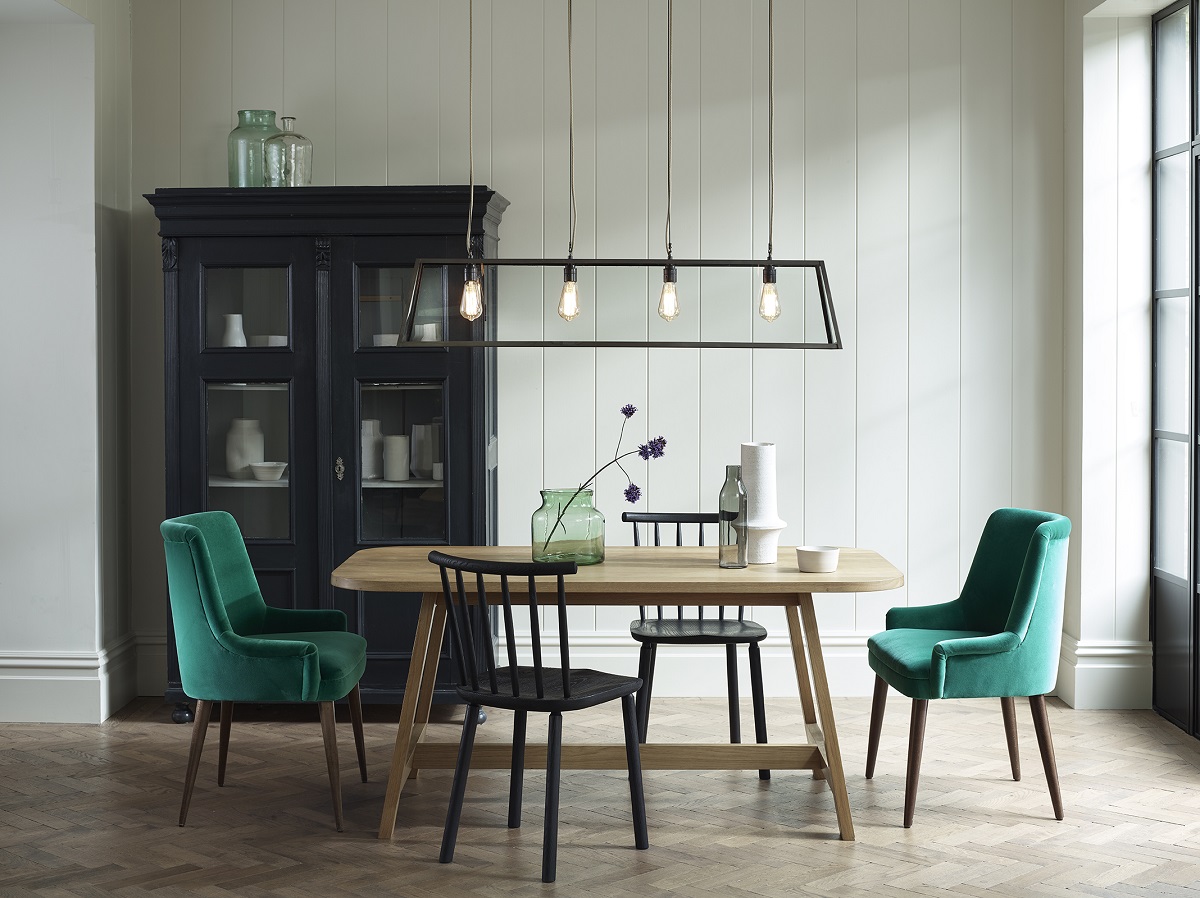
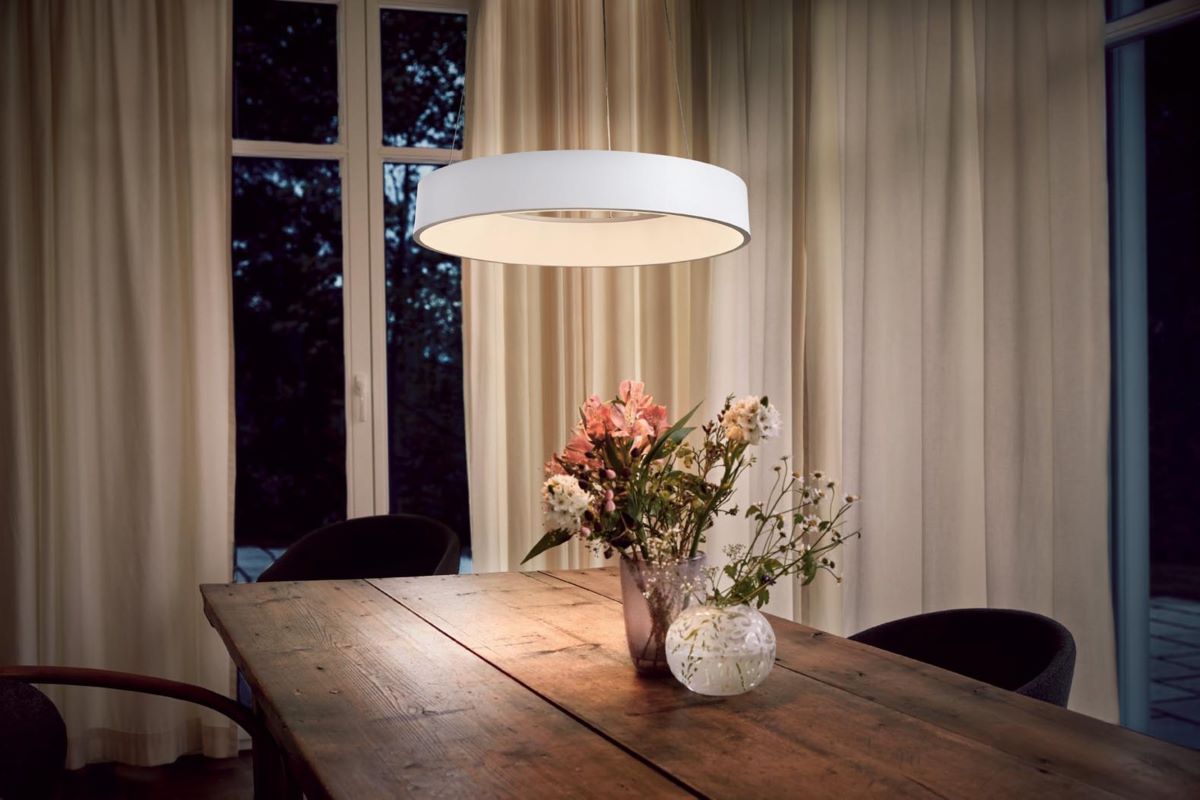

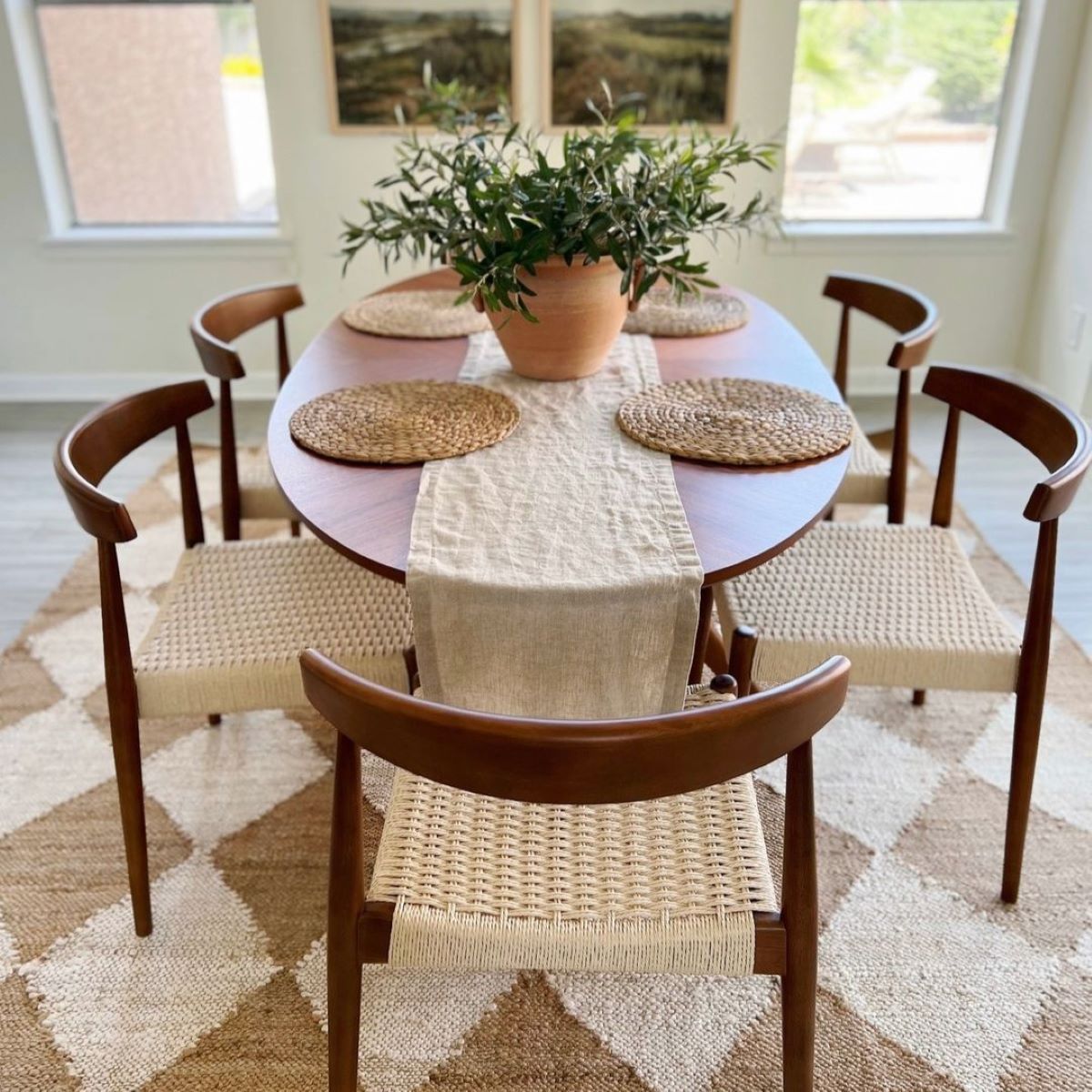
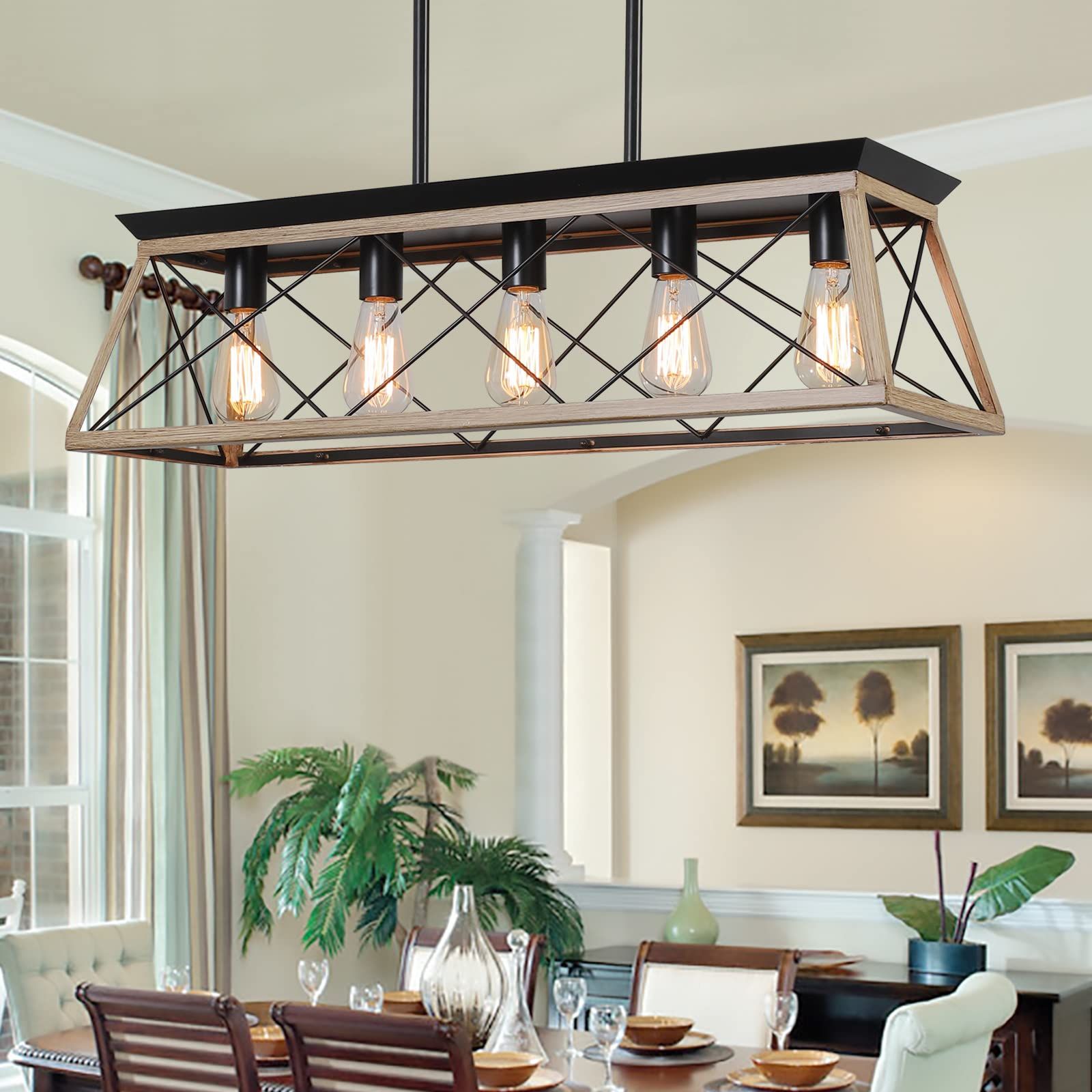
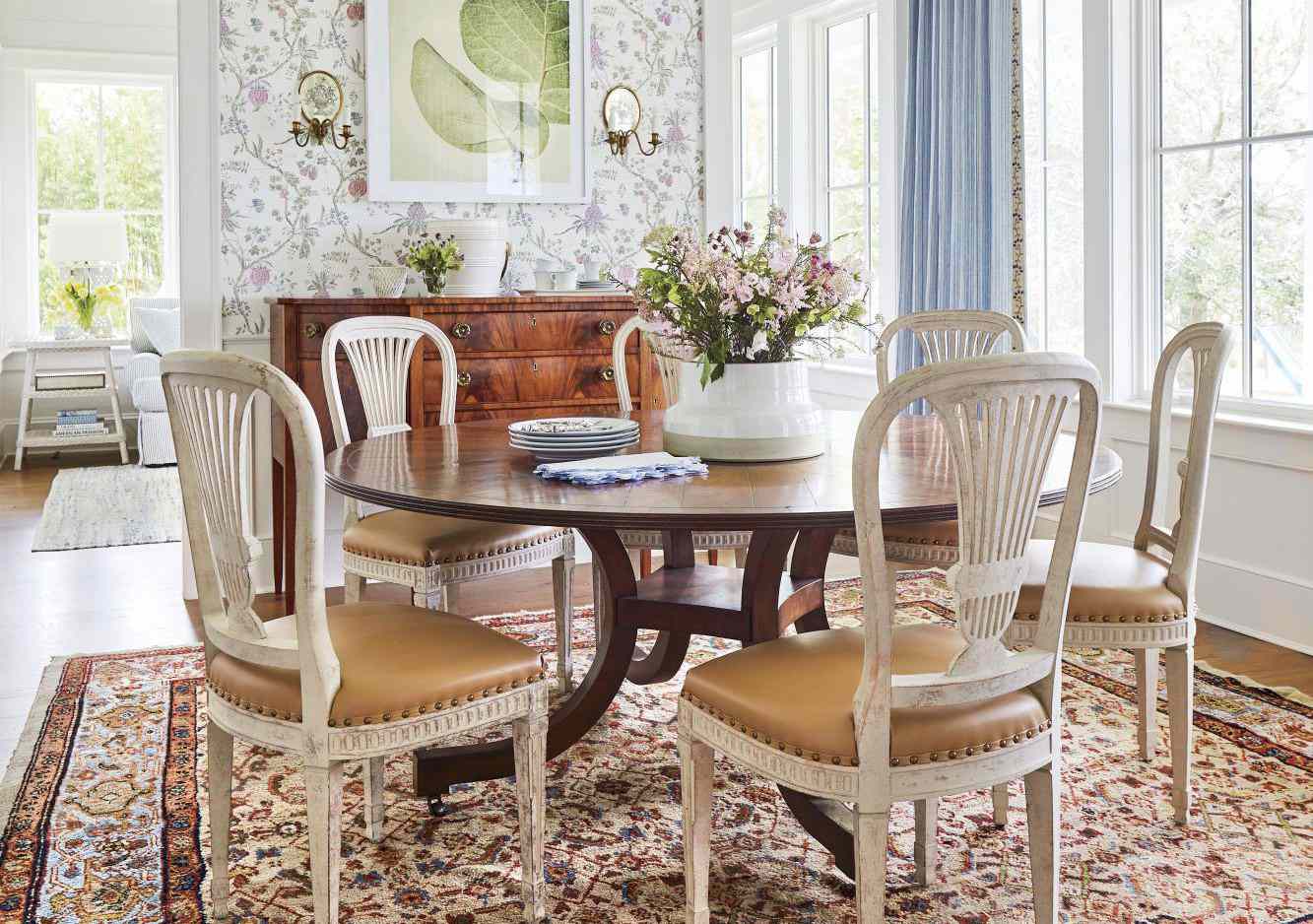

0 thoughts on “How To Determine Size Of Dining Room Light Fixture”